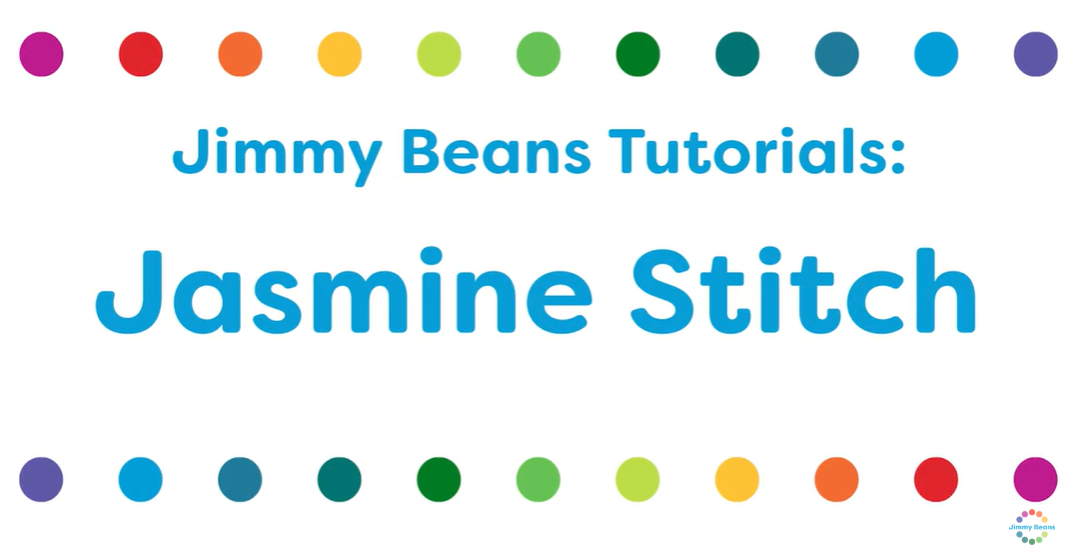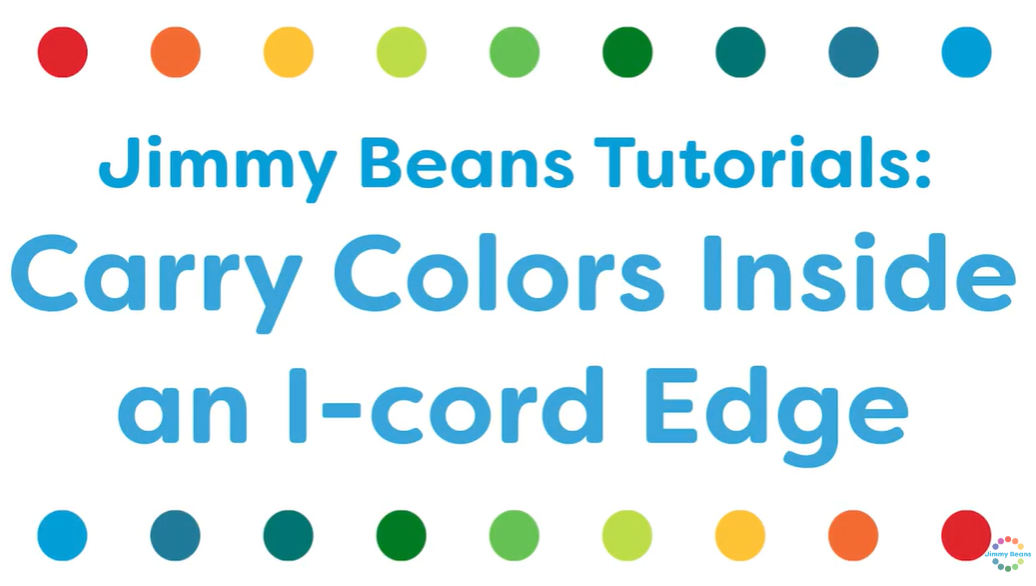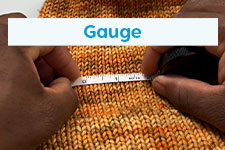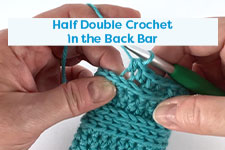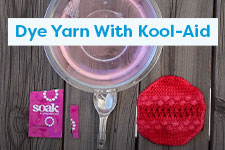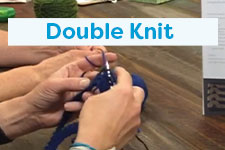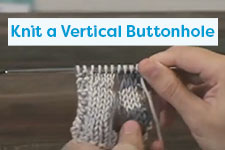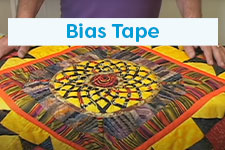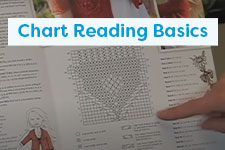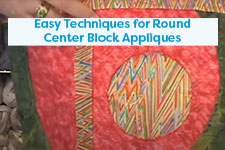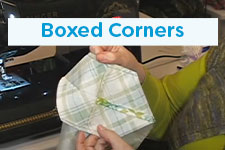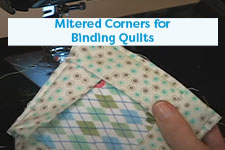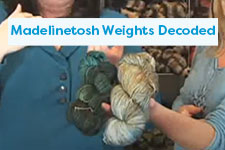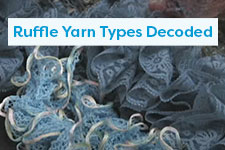For the past 2 months or so, I've been working steadily (read: slowly) on my next blanket creation. After browsing the store for a pattern that suited me, I settled on the Lily Chin sampler afghan from Family Circle Easy Afghans, the same book I used for my superyak blanket (which, of course, is keeping wiley warm as i write ... am I the only person in the world that that lets their dog cuddle up with a blanket worth hundreds of dollars?).

Either way, I ended up choosing Ms. Chin's sampler afghan for a few reasons. One, I wanted something that i could work on in between my other projects. Two, the sampler is composed of 6 different patterns (8 squares each) so if I get tired of knitting one of the more complicated patterns, I can take a break and start knitting a simpler one. Or if I find that one of the simpler patterns has become a no-brainer, I can whip out a few of those in a row. The third reason I elected to knit the sampler is that I figured I could just knit a square here and there - and then all of the sudden, poof!, I'd have a blanket finished. Whether that really happens remains to be seen :)

You're probably asking yourself, "So what does this have to do with blocking?." Well not much, I guess, except that I wanted to explain where the afghan pictures came from... and then I just couldn't stop writing. In all seriousness, I think the sampler afghan is a perfect example of a situation in which blocking can be advantageous. Because the squares are all different, it's inevitable that they will turn out slightly different sizes. With blocking, you can normalize the shapes and sizes. In my project, I noticed that the cabled square consistently came out a little bit smaller than the others. But after following the steps below, I stretched it to match the rest of the squares!
Fill your sink up with a few inches of warm (not hot) water and a little bit of dish soap (I'm using Meyers Dish Soap, but Dawn works equally as well).
Submerge the knitted piece in the water and swish it around for a minute, completely soaking it. Note: don't let it sit there for a length of time - we've heard horror stories of knitters who let their project soak for an hour and all of the colors bled together. The idea is to quickly wash it and then to rinse it (step 4) immediately afterwards.
After you've adequately washed the piece (and some of the color/smell drains out), drain the warm water.
Fill your sink back up with cold water (no soap) and swish the piece around again, completely rinsing it.
After you've adequately rinsed the piece, drain the cold water.
Now, Diane has always said to place the project in the washer for about 30 seconds - on the spin cycle. I rarely do that, but only because I am too lazy to walk downstairs to where the washer is. I generally just squeeze out as much water as I can - and then start to stretch and form it to the desired size and shape.
Shape the knitted piece however you wish and then let dry on a towel (I use a doubled over towel and let lay on the kitchen table).

Viola! As you can see from the picture above, swatches knit out of natural/animal fibers absorb the water and then 'stick' to the shape that you've created - just look at the difference between the unblocked square on the left - and the blocked square on the right. It's truly amazing to me... I'll never not block again!
We even made some video tutorials to help you out. We hope you enjoy it!




